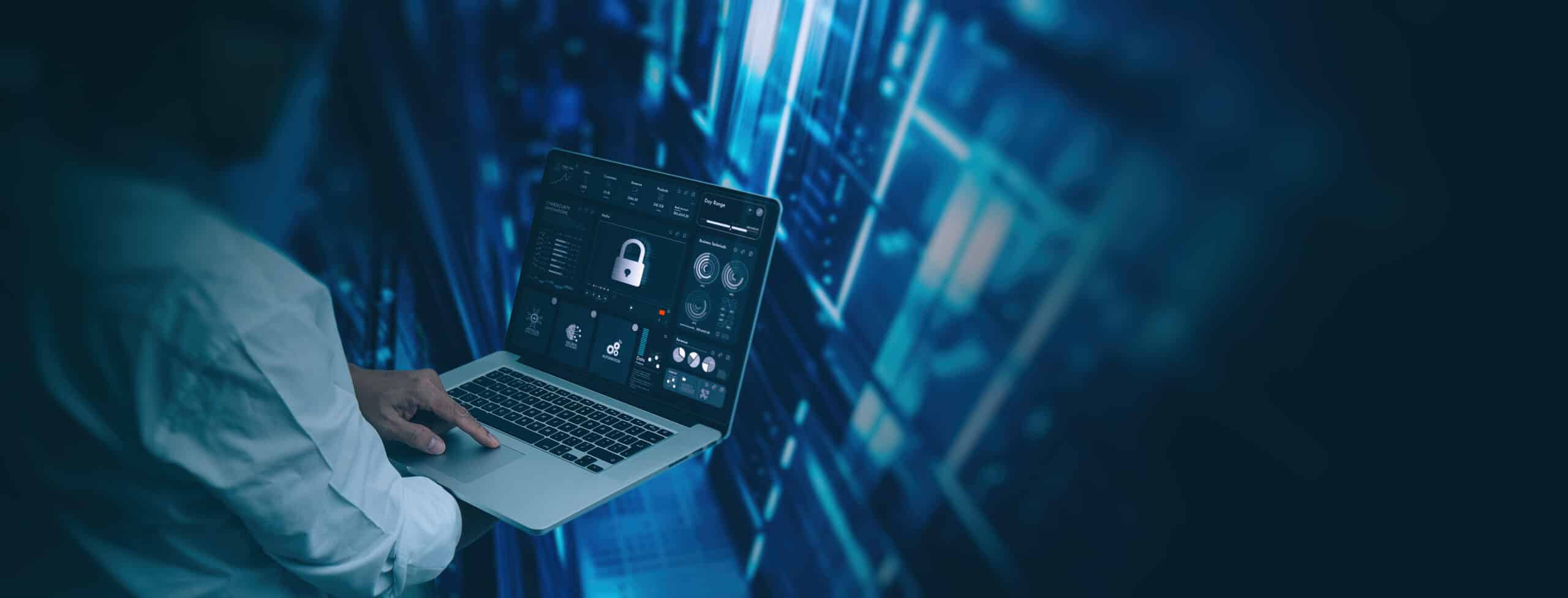By Christian Kelly, CTO, Xantrion Inc.
Advances in AI and automation fundamentally alter how we approach threat detection, incident response, and overall security management. But what does this mean for your business’s cybersecurity? And how can you use these tools to strengthen your defenses without breaking the bank or requiring a team of AI experts?
In this post, we explore the world of AI-powered cybersecurity and the benefits automation brings. Then, we discuss the steps you can take to stay secure.
The Current Landscape
Major cybersecurity companies like Microsoft, CrowdStrike, and SentinelOne are at the forefront of implementing AI and machine learning in cybersecurity tools. These industry giants are leveraging massive amounts of data and computational resources to develop sophisticated AI models. Their primary goal? To sift through billions of alerts and identify the most critical threats.
If your business is like many others, you’re using one (or more) technologies from these companies — which means the tools you’re using are likely already incorporating AI to some degree. This AI-driven approach helps in:
- Reducing false positives
- Identifying complex attack patterns
- Providing faster threat detection
Smaller cybersecurity companies also play an essential role in keeping your assets safe. While the big players focus on broad AI implementations, smaller security providers and managed security service providers (MSSPs) like Xantrion focus on:
- Automating routine tasks
- Contextualizing alerts for your specific client environment
- Providing a human touch in threat analysis and response
Working with large and small cybersecurity companies offers the best of both worlds: AI’s efficiency and human analysts’ context-specific knowledge.
AI and Automation Benefits
Businesses can anticipate numerous benefits from AI and automation initiatives, including:
- Enhanced threat detection: AI-powered systems can analyze a significant amount of data in real time, identifying potential threats that might slip past traditional rule-based systems. This gives your business a more robust first line of defense against cyber threats.
- Improved efficiency: Automation helps IT professionals and security teams handle the ever-increasing volume of alerts. By automating routine tasks and initial triage, human analysts can focus on the more complex issues that require their expertise.
- Faster incident response: When an automated system detects a threat, it can immediately initiate a response — for example, by isolating affected systems or revoking compromised credentials. This fast action can stop a potential breach in its tracks.
Why Humans Still Matter
Certainly, AI and automation have brought massive advancements to cybersecurity. However, the reality is that the best cybersecurity approach still includes human intervention. Here’s why:
- Context and nuance: AI systems are highly adept at recognizing patterns but struggle with determining context. Human analysts who understand your business operations can more effectively differentiate between unusual but legitimate activity and actual threats.
- Complex decision-making: In critical situations, nothing compares to the value of human judgment. Experienced analysts can make nuanced decisions about how to respond to threats, considering elements and factors that may not be apparent to AI systems.
- Client relationship management: When security incidents occur, clear communication and personalized support are essential to your company’s ability to recover and get back on track. Human analysts play a vital role in explaining situations, providing guidance, and maintaining client trust.
Future Trends
Just like every other technology, AI and automation are continuing to change. For example, we’ve seen an increase in companies using large language models (LLMs) to assist analysts in understanding and contextualizing alerts. This technology could help bridge the gap between raw data and actionable intelligence.
Additionally, as AI systems become more sophisticated, we may see more proactive, automated threat-hunting capabilities. These systems could continuously search for indicators of compromise, even before traditional alerts are triggered.
Unfortunately, it goes without saying that anytime a new technology makes something faster or easier, cybercriminals are using it, too — and AI and automation are no exception. We’re seeing more hackers using AI and automation to perform sophisticated phishing attempts, deploy more convincing social engineering attacks, and automatically scan for vulnerabilities. Staying ahead of these AI-powered threats will significantly challenge the cybersecurity industry.
Making the Right Choice for Your Organization
As you evaluate your cybersecurity strategy, consider the following:
- Look for integrated solutions: Choose security providers that combine AI-driven tools with human expertise.
- Prioritize contextual understanding: Ensure your security partners understand your specific business context and can tailor their approach accordingly.
- Balance automation and human oversight: While automation is powerful, maintain human oversight for critical security decisions.
- Stay informed: Keep abreast of emerging AI and automation trends in cybersecurity to make informed decisions about your security posture.
The evolution of AI and automation in cybersecurity offers exciting possibilities for enhancing your organization’s security. By understanding these trends and choosing the right partners, your business can effectively use these technologies to protect your digital assets.

